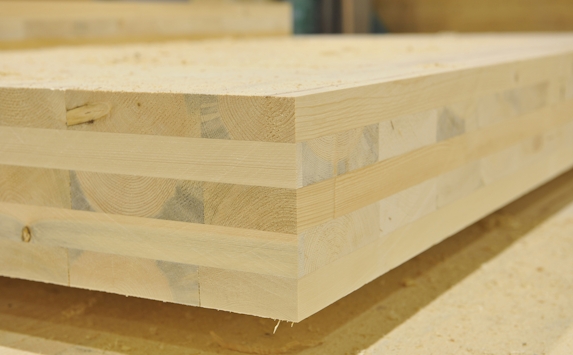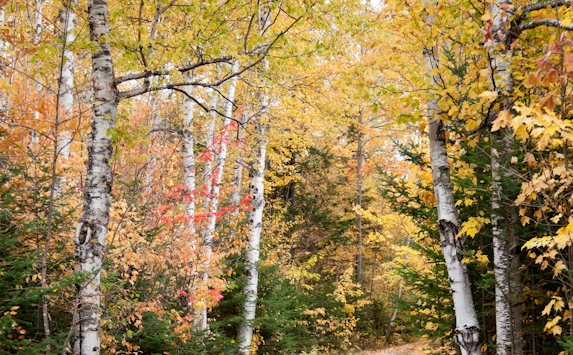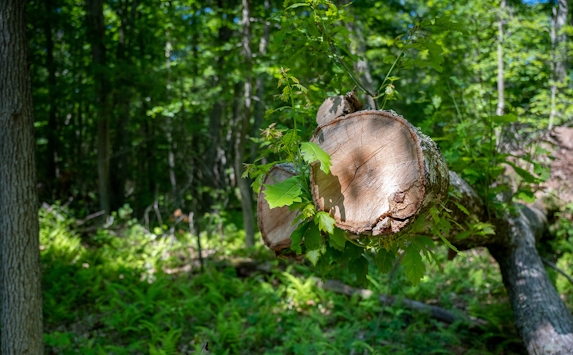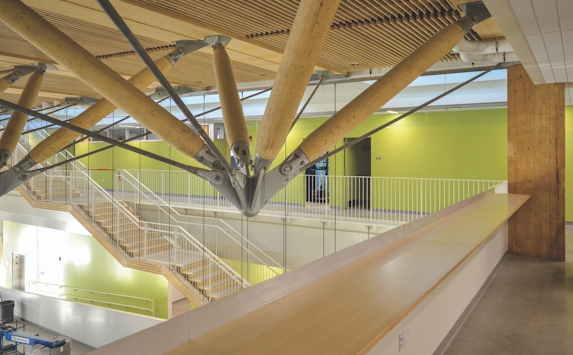About the Challenge
Get a better understanding of mass timber, the grow-build-live supply chain and other concepts that play a big role in the Climate Challenge, and then discover where to do a deeper research dive if you’d like to find out more.
It’s time for a tall wood building revolution in New England, one that mitigates climate change, protects forests, bolsters rural economies, and addresses housing equity and affordability. New engineered wood products called mass timber make it possible to meet all these goals by safely constructing tall buildings with wood.
New England Forestry Foundation (NEFF) has created the Forest-to-Cities Climate Challenge to increase support for mass timber, and to build commitments to sustainable wood construction in New England by asking members of the public as well as experts and organizations from related fields to sign our Climate Challenge Pledge. NEFF’s ultimate goal is to help solve the climate crisis and meet other societal goals by linking mass timber buildings in New England with local forests that sustainably generate the wood for them.
New England Forestry Foundation is organizing stakeholders across our region in the Forest-to-Cities Climate Challenge, a collective effort to break down barriers to mass timber construction and to raise awareness of its advantages. By connecting forest landowners, mills, construction professionals, architects, environmental and social advocates, and urban planners in efforts to support mass timber, the Forests-to-Cities Climate Challenge is generating momentum across the supply chain for this technology.
Currently, 124 organizations and individuals have signed the pledge. Learn who they are and why they chose to join the Forest-to-Cities Climate Challenge by visiting our Participants page.
Get a better understanding of mass timber, the grow-build-live supply chain and other concepts that play a big role in the Climate Challenge, and then discover where to do a deeper research dive if you’d like to find out more.

Take the Climate Challenge Pledge to help us kickstart a tall wood building revolution that will mitigate climate change, address housing equity and affordability, and more.

Discover additional ways to support sustainable mass timber, the forests and forestry that produce it, and the structures built with it.

Learn who has signed the Pledge, what organizations and fields they represent, and why they chose to join the Forest-to-Cities Climate Challenge.
